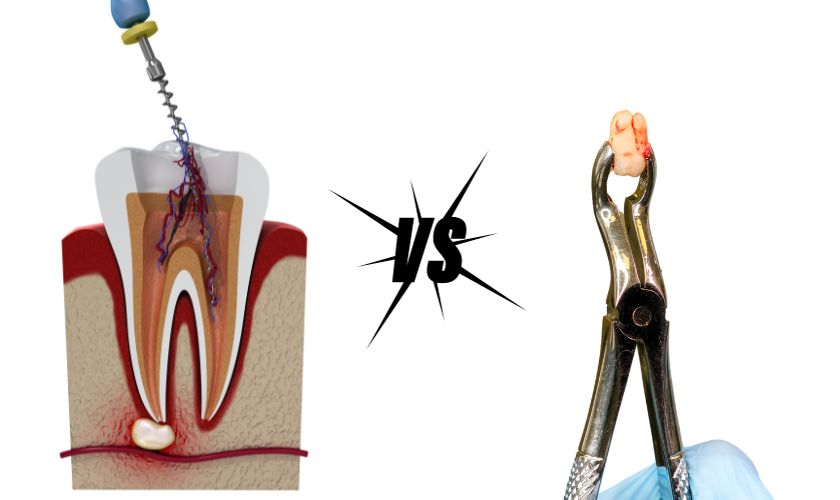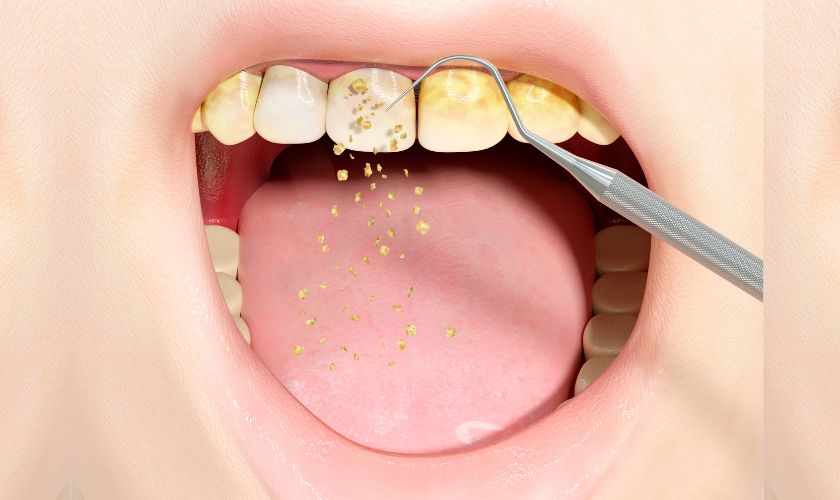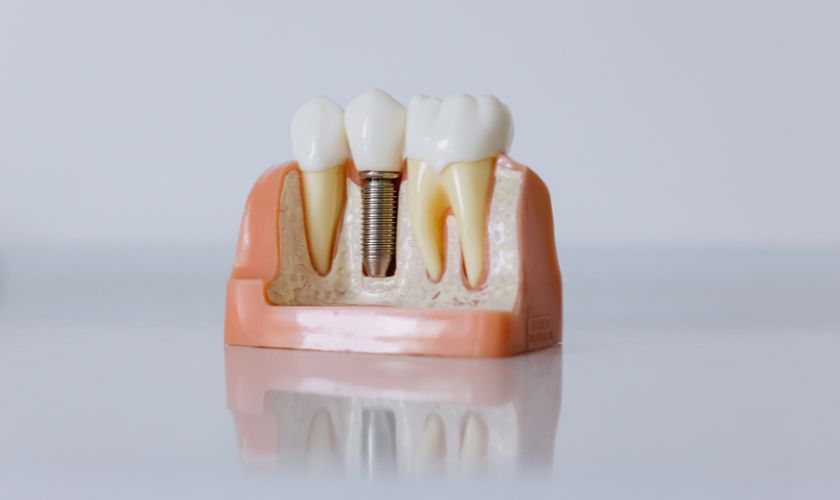2436 Foothill Blvd. Suite A Calistoga, CA 94515
Decoding Dental Dilemmas: The Choice Between RCT and Tooth Extraction

Decoding Dental Dilemmas: The Choice Between RCT and Tooth Extraction
The incessant throbbing in your tooth has led you to the dentist’s chair, where you are faced with a crucial decision – should you opt for a root canal treatment (RCT) or bid farewell to the troublesome tooth through extraction? Deciphering this dental dilemma requires an understanding of the intricacies involved, weighing the pros and cons of each option. Join us on a journey to decode the nuances of dental decisions, exploring the factors that guide the choice between a root canal and tooth extraction.
The dental realm often poses perplexing questions, and one of the most common predicaments is the choice between root canal treatment and tooth extraction. It’s a decision that requires careful consideration, as both options come with their own set of implications, affecting not only your oral health but also your overall well-being.
Understanding the Basics: Root Canal Treatment (RCT) vs. Tooth Extraction
Before delving into the factors that influence this decision, let’s break down the basics of each option.
1. Root Canal Treatment (RCT): Root canal therapy involves removing the infected or damaged pulp inside a tooth, cleaning and disinfecting the root canals, and then filling and sealing the space. This procedure aims to salvage the natural tooth structure while eliminating the source of pain or infection.
2. Tooth Extraction: On the flip side, tooth extraction is the complete removal of a tooth from its socket. This is usually considered when a tooth is beyond repair due to severe decay, trauma, or other irreparable damage.
Imagine you’re standing at a crossroads, with the fate of your tooth hanging in the balance. Your dentist, like a guide in this dental odyssey, presents you with options – one that attempts to save, the other that bids adieu. How do you navigate this labyrinth of choices? Let’s explore the factors that can help you make an informed decision.
1. Extent of Damage or Decay
The first checkpoint on this dental decision-making journey is assessing the extent of damage or decay in the affected tooth. If the damage is limited to the pulp – the innermost part of the tooth housing nerves and blood vessels – a root canal may be a viable option. This procedure preserves the outer structure of the tooth, preventing the need for an artificial replacement.
However, if the damage extends beyond the point of no return, extraction might be the only recourse. Tooth extraction becomes necessary when the structural integrity of the tooth is compromised, making it unsalvageable through root canal therapy.
2. Long-Term Prospects
Consider the long-term implications of each option. A successfully performed root canal can provide a durable solution, allowing you to retain your natural tooth for years to come. On the other hand, tooth extraction may leave a gap that could impact the alignment of neighboring teeth, leading to issues like misalignment or shifting.
To maintain the balance between preserving your natural dentition and addressing immediate concerns, it’s essential to discuss the long-term prospects of both RCT and tooth extraction with your dentist.
As you ponder these considerations, the dental landscape begins to take shape. The nuances of your unique situation come to light, guiding you toward a decision that aligns with your oral health goals.
3. Financial Considerations
Finances often play a significant role in decision-making. Root canal treatment, while generally costlier upfront, may prove to be a cost-effective solution in the long run, considering the potential expenses associated with tooth replacement options like dental implants or bridges.
Tooth extraction, while initially less expensive, may incur additional costs for prosthetic solutions to fill the gap left by the extracted tooth. Factor in the long-term financial implications when making your decision, keeping in mind that preserving your natural tooth might be an investment in your oral health.
4. Time and Convenience
Another factor that can sway your decision is the time and convenience associated with each option. Root canal treatment usually requires multiple appointments, as it involves meticulous cleaning and sealing of the tooth. On the contrary, tooth extraction is a relatively quicker procedure.
If time constraints or scheduling difficulties are a concern, tooth extraction may be a more convenient choice. However, it’s essential to balance expediency with the long-term benefits of preserving your natural tooth through a root canal.
In the midst of these considerations, a clearer path emerges. Your dental dilemma starts to unravel as you weigh the factors that matter most to you – be it preserving your natural tooth, financial prudence, or the convenience of a swift resolution.
The Last Lines
Decoding the dental dilemma between root canal treatment and tooth extraction is a multifaceted process. It involves a careful examination of the extent of damage, consideration of long-term prospects, financial implications, and the element of time and convenience. Your dentist, armed with the knowledge of your unique circumstances, serves as your trusted guide through this decision-making journey.
In the end, whether you choose the path of preservation through a root canal or bid farewell to a troublesome tooth, the key lies in making an informed decision that aligns with your oral health goals and overall well-being. As you stand at the crossroads, armed with knowledge and guidance, you pave the way for a healthier, brighter dental future.




